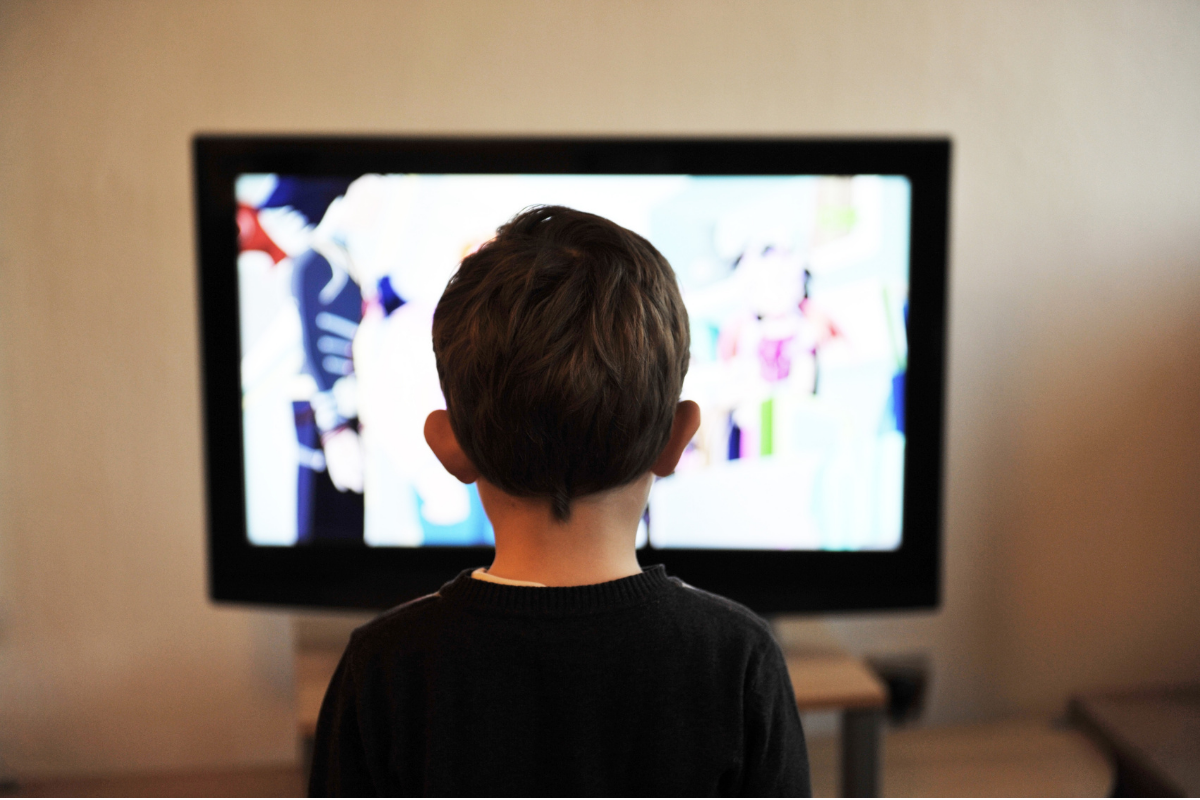We all know that we are living in the digital era. Our daily lives revolve around so much technology – computers for work, our phones for messaging, ordering dinner through DoorDash, watching a show on Netflix, shopping on Amazon – so much of our lives now depend on these devices. It makes sense that the education sector is trying to keep up with the times and provide endless opportunities for learning in a digital manner. As a parent, I’ve always wondered, at what point is it too much? Is there going to be a time that hands-on, in-person learning is going to be phased out? We’ve heard for many years that less screen time is beneficial for children. Let’s take a look at how technology can be both a helpful tool and a hindrance.
When looking at the issue, there is not a single right answer or approach. Technology has both positive and negative aspects, so answers can be a bit complicated. With that being said, some technology may be beneficial in a learning environment, while others are not.
Let’s take a look at one of the most widely used pieces of technology – the TV. Some TV programs can enhance learning for children by introducing numbers, vocabulary, facial expressions, and expressive language skills. Some TV shows do a great job of eliciting responses from children, such as Mickey Mouse Clubhouse. On the other hand, excessive amounts of television, particularly non-educational programs, can lead to a decrease in learning and academic achievement. It is important to have a healthy balance between screen use and to set boundaries with children. The American Academy of Pediatrics recommends one hour of television per day for children ages 2-5.
In our current day and age, computers, ipads, and phones have become the number one media choice by children. The internet has given them an unlimited source of information that may help with homework support, communication, entertainment, and learning. With this, however, some students use technology so they don’t have to put forth the effort to learn something. There are plenty of instances where students simply “Google an answer” because they don’t want to spend the time to solve or figure out an answer to a problem. I sadly have seen this with some students and Amazon Alexa. “Hey Alexa! What is 325 divided by 13?” They know that they will get an answer right away.
In regards to at home learning, you may have some great educational apps already on your phone or iPad at home. Many of these games/activities have great value, but with moderation. Socialization may be affected when children spend too long on a device. So rather than only practice a skill on the iPad, try to split your child’s learning time between virtual and hands-on activities.
As we can see, there are many pros and cons to technology. It is a great tool to customize learning, make dull tasks a bit more exciting, and gives people an immeasurable amount of information at their fingertips. We do need to be mindful and set boundaries for our children so there is not a loss of human connection or a decrease in academic success.
How does technology affect your child’s education?




